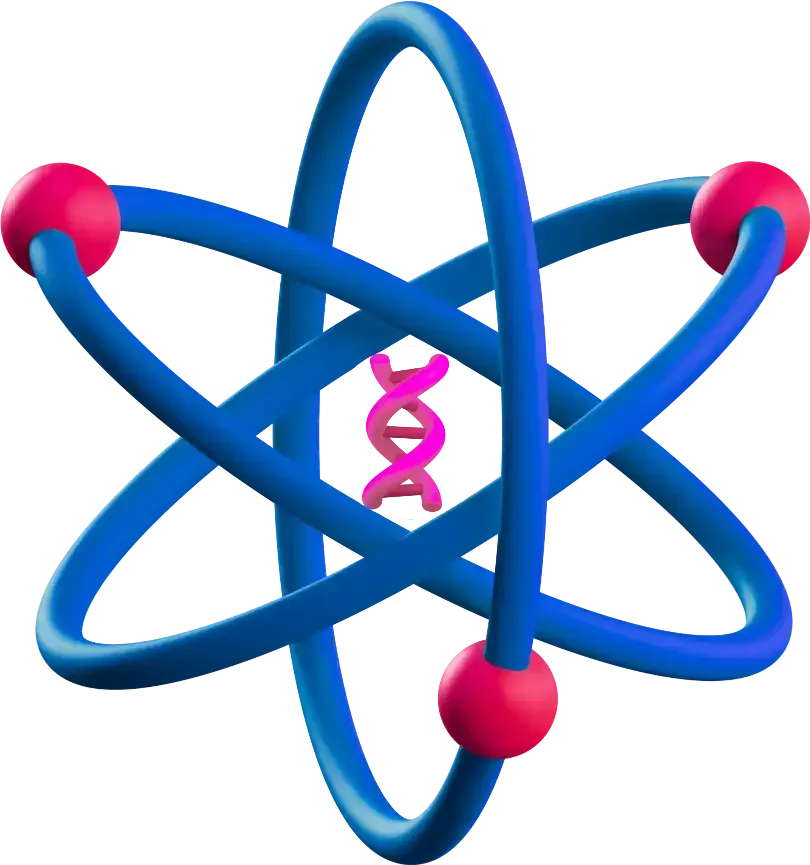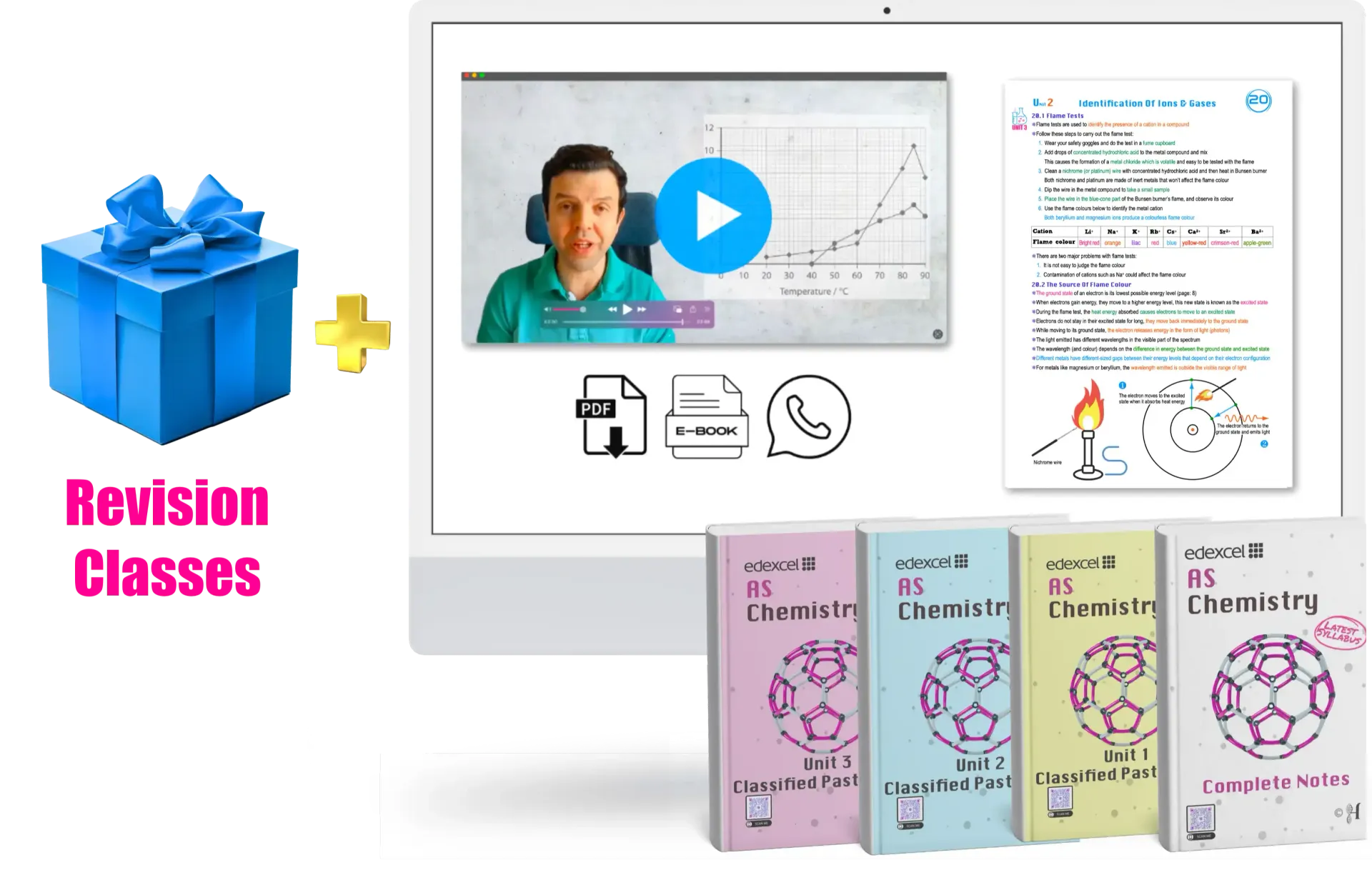Edexcel IAL Chemistry Topic 2 Checklist
specification
(2025–2026 Exams)
Topic 2: Atomic Structure and the Periodic Table
Atomic Structure
Know the structure of an atom in terms of electrons
, protons
and neutrons
Know the relative mass
and charge
of protons, neutrons and electrons
Know what is meant by the terms ‘ atomic (proton) number
’ and ‘ mass number
’
Be able to use the atomic number
and the mass number
to determine the number of each type of subatomic particle in an atom or ion
Understand the term ‘ isotope
’
Mass Spectrometry
Understand the basic principles of a mass spectrometer
and be able to analyse and interpret mass spectra to:
– Deduce the isotopic composition of a sample of an element
– Calculate the relative atomic mass of an element from relative abundances of isotopes and vice versa
– Determine the relative molecular mass of a molecule, and hence identify molecules in a sample
– Understand that ions in a mass spectrometer may have a 2+ charge
– Deduce the isotopic composition of a sample of an element
– Calculate the relative atomic mass of an element from relative abundances of isotopes and vice versa
– Determine the relative molecular mass of a molecule, and hence identify molecules in a sample
– Understand that ions in a mass spectrometer may have a 2+ charge
Be able to predict mass spectra
, including relative peak heights, for diatomic molecules, including chlorine, given the isotopic abundances
Ionisation Energies and Electronic Structure
Be able to define first, second and third ionisation energies
and understand that all ionisation energies are endothermic
Know that an orbital
is a region within an atom that can hold up to two electrons with opposite spins
Understand how ionisation energies
are influenced by the number of protons in the nucleus, the electron shielding and the sub-shell from which the electron is removed
Know that ideas about electronic structure
developed from:
– An understanding that successive ionisation energies provide evidence for the existence of quantum shells and the group to which the element belongs
– An understanding that the first ionisation energy of successive elements provides evidence for electron sub-shells
– An understanding that successive ionisation energies provide evidence for the existence of quantum shells and the group to which the element belongs
– An understanding that the first ionisation energy of successive elements provides evidence for electron sub-shells
Be able to describe the shapes of s
and p orbitals
Know that orbitals in sub-shells:
– Each take a single electron before pairing up
– Pair up with two electrons of opposite spin
– Each take a single electron before pairing up
– Pair up with two electrons of opposite spin
Be able to predict the electronic configuration
of atoms of the elements from hydrogen to krypton inclusive and their ions, using s, p, d notation and electron-in-boxes notation
Understand that electronic configuration
determines the chemical properties of an element
Know that the Periodic Table
is divided into blocks, such as s
, p
and d
, and know the number of electrons that can occupy s, p and d sub-shells in the first four quantum shells
Trends and Periodicity
Be able to represent data, in a graphical form (including the use of logarithms of first ionisation energies on a graph) for elements 1 to 36 and hence explain the meaning of the term ‘ periodic property
’
Be able to explain:
– The trends in melting and boiling temperatures of the elements of Periods 2 and 3 of the Periodic Table in terms of the structure of the element and the bonding between its atoms or molecules
– The general increase and the specific trends in ionisation energy of the elements across Periods 2 and 3 of the Periodic Table
– The decrease in first ionisation energy down a group
– The trends in melting and boiling temperatures of the elements of Periods 2 and 3 of the Periodic Table in terms of the structure of the element and the bonding between its atoms or molecules
– The general increase and the specific trends in ionisation energy of the elements across Periods 2 and 3 of the Periodic Table
– The decrease in first ionisation energy down a group

